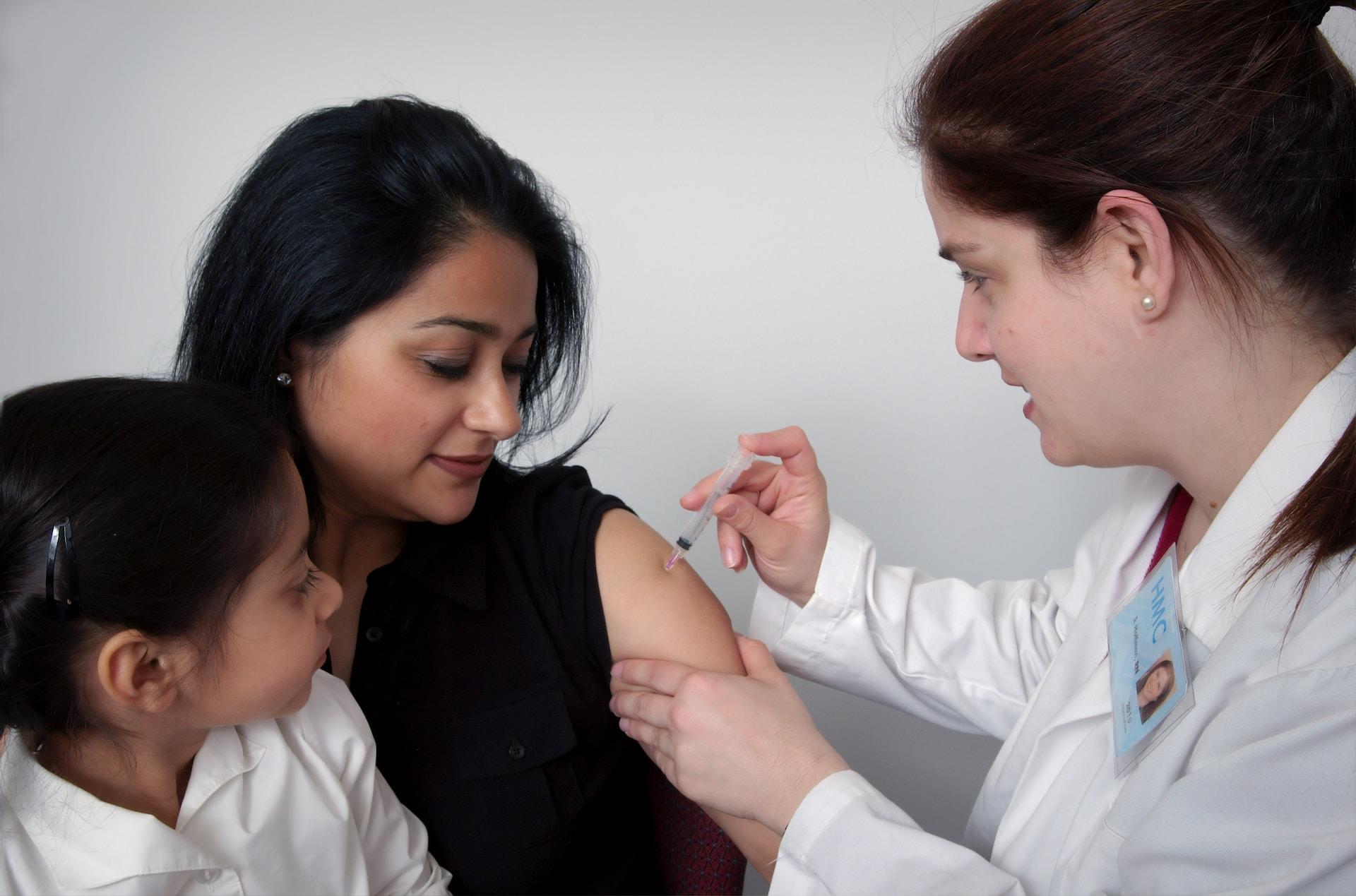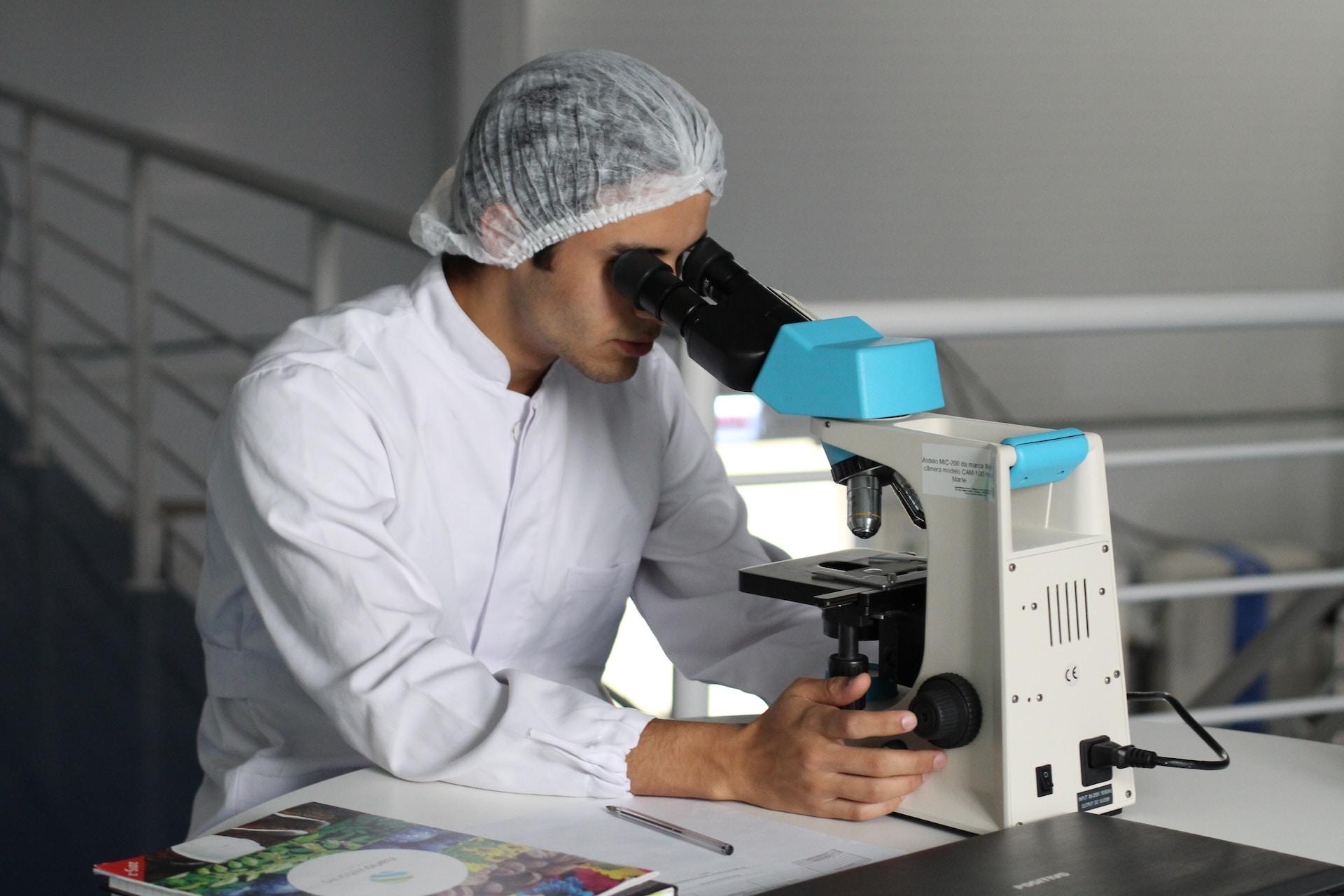The Australian healthcare system is in crisis. The once-in-a-lifetime pandemic we just endured laid bare all of its shortcomings, all at once. Until then, we grumbled and said something must be done. Now, changes must come.
In November 2022, the Australian Medical Association (AMA) published a series of articles detailing our healthcare system's stress points.
Among them is a report on the shortage of general practitioners across our clinics and hospitals. The AMA projects we'll need 10,000 more doctors within the next ten years. Are you ready to become a doctor?

The Best Schools to Study Medicine in Australia
That AMA report sounds alarming; the very thing to scare students away from a career in medicine but let's not throw in the towel just yet. The report suggests a plan with nine points to improve training and working conditions for general practitioners (GPs). Their reports mention increasing funding and compensation no fewer than three times.
It also states that we must reduce health worker stress to prevent job burnout.
These initiatives make studying medicine more attractive. Now, let's add cutting-edge technology to the mix. Medical students beginning their undergraduate studies this year may become the first generation of personalised healthcare GPs.
The personalised healthcare concept blends Artificial Intelligence (AI) and other technologies like wearables to ensure positive health outcomes. This system can monitor patients' symptoms and assist in diagnosing them, often before they develop serious health problems.
Medical practice has advanced with surgical robots, high-tech prosthetics, and personalized healthcare. These and other developments surpass science fiction writers' visions of the future. And there is still more progress to come; Australian university medical programs are poised to train students in these initiatives.
That's one reason to study medicine in Australia; our 24 Faculties of Medicine are another. Five of Australia's medical schools rank in the top 50 of the QS World Rankings. These include all the great schools, the University of Melbourne and the University of Queensland among them.
Students from around the world vie for placement in Australian medical study programs. Our schools are the Number One reason to study medicine in Australia. Our medical research facilities run a close second. WEHI, formerly The Walter and Eliza Hall Institute of Medical Research, is world-renowned.
The University of New South Wales Sydney (UNSW Sydney) doesn't skimp in the research department, either. Among their many research projects, their forays into genetic healthcare are making the most waves.
This research aims to understand the genetic causes of intellectual disabilities and formulate treatment plans. But healthcare isn't all about research and patient care.
Some of Australia's best medical schools offer non-clinical courses in medicine online. For instance, UNSW Sydney offers a Bachelor of Public Health degree online. Graduates from these courses don't treat patients or do clinical work. These degrees focus on the research and administrative sides of healthcare.

Pathways to Study Medicine in Australia
Australia makes medical studies as accessible as possible. Initiatives include pathways and funding for Aboriginal and Torres Strait Islander medical students. International students of medicine are welcome at most of Australia's medical schools, too, provided they meet the admissions criteria.
One of these pathways into medicine will suit your situation.
Undergraduate Study of Medicine in Australia
Australian high school students planning on a career in medicine can lay the groundwork for application to medical courses in Year 12. You should register with your state's Tertiary Admissions Centre (TAC) and supply all the required information. Then, you may list the courses you would like to apply for.
Be sure to list medical degree programs in order of preference. The TAC system will send your application package to schools in that order. So if you prefer to study medicine at the University of Adelaide, don't list the University of Sydney first.
Once you've cleared TAC and fulfilled all of that system's requirements, you have to sit the University Clinical Aptitude Test (UCAT ANZ). Most medical degree programs consider a student's high school performance and UCAT score for admission. Students may also submit to an admissions interview.
Most undergraduate medical programs prefer students with good marks in science courses. If you can, choose biology and/or chemistry courses to round out your Year-12 course selections.
As you comb through medical school course offerings, note the Australian Tertiary Admissions Ranking (ATAR) requirements. Different schools - and different programs within the same school list different minimum ratings. The higher your ATAR, the more opportunity you have to study medicine.
Universities will consider your ATAR alongside other factors like your high school and UCAT scores for admission.

Graduate Study of Medicine in Australia
Undergraduates wishing to transfer into an undergraduate medical program may do so only in their first year at university. Changing one's major to medical studies depends on whether the school has a place open.
If transferring into a medical studies program is not an option, students should go for a science degree. And then, undergraduates may plan for graduate medical school.
Starting in their third year as an undergraduate, these students should start preparing for the Graduate Medical School Admissions Test (GAMSAT). This exam doesn't test medical school candidates on what they know. It probes how they think and communicate.
The GAMSAT includes questions related to science studies; hence, the recommendation to major in science. If the undergraduate student majored in any other topic, they still have a pathway into graduate medical school.
They may choose chemistry and biology courses as electives in their last years of university study.
Other Pathways to Study Medicine in Australia
We touched on international students and Aboriginal and Torres Strait Island medical school candidates a bit earlier. Opportunities abound for international students to access medical courses in Australia. So plentiful are they that we've written a companion article for international students to explore them all.
Aboriginal and Torres Strait Islander students receive no particular preference but most medical schools promote facilitated entry schemes. These schemes call for the same academic requirements but waive minor factors, such as time limits and achievement levels. Such a student has access to reserved funding so they don't have to worry about finances while they train to become a doctor.
Mature-age students may be up to seven years older than the typical graduate student. They too must supply a GAMSAT result with their medical school application, provided that their results are less than two years old.
If they've been away from school for longer than that, they must retake the exam.

Study Medicine in Australia: Non-Clinical Degrees
People tend to think becoming a doctor is the outcome of studying medicine. That's true in many cases but a healthcare system cannot function without administrators or researchers. And healthcare isn't only about clinical work and treating patients. For instance, a dietician doesn't treat patients, they work with doctors to ensure good patient outcomes.
Dieticians and nutritionists are not always doctors but they operate within the healthcare system, as do public health officials.
Our Minister for Health and Aged Care is an example of such. Mark Butler has no medical training yet his major political appointments all revolve around healthcare.
You needn't aspire to take your seat in Parliament or in the Cabinet, though. You might pursue your undergraduate degree in community health to address remote populations' healthcare issues.
You may sign up for a three-year course in physical therapy to help people relieve their musculoskeletal discomforts.
The AMA cites another reason for Australia's healthcare crisis: funding and cost management. Healthcare is a business but running a hospital isn't the same as running other types of businesses.
Health conditions are unpredictable so planning for healthcare costs is challenging. Australia needs more professionals to specialise in financial planning for health systems.
And what about climate-related health costs? We're already experiencing climate change's effects on our health and welfare. We need more specialists trained in community health initiatives to make sure our most vulnerable populations minimise their exposure risks. Several Australian medical schools offer Bachelor of Community Health degrees.
Climate change doesn't just affect our health, it also impacts our food supply. Our agricultural workers labour outdoors; they're exposed to the most extreme elements. As conditions get harsher, we'll need more people trained in Agricultural Health and Medicine to devise strategies to keep our farmers safe.
All over the world, dementia cases are on the rise. And, as we discover more about this condition's pathology, we realise that every case is different. In Australia as elsewhere, we're not ready to care for the rising numbers of dementia cases. However with a degree in dementia care from the University of Tasmania, students can learn the steps to coordinate care for dementia sufferers.
Students may take courses like these either online or in person. These medicine-related degree plans are ideal for the mature-age student, especially the online course offerings.
These students might want to pursue a career in medicine but have other obligations keeping them out of the classroom. As they live in Australia, they have several pathways into medicine, including non-clinical specialties.
















